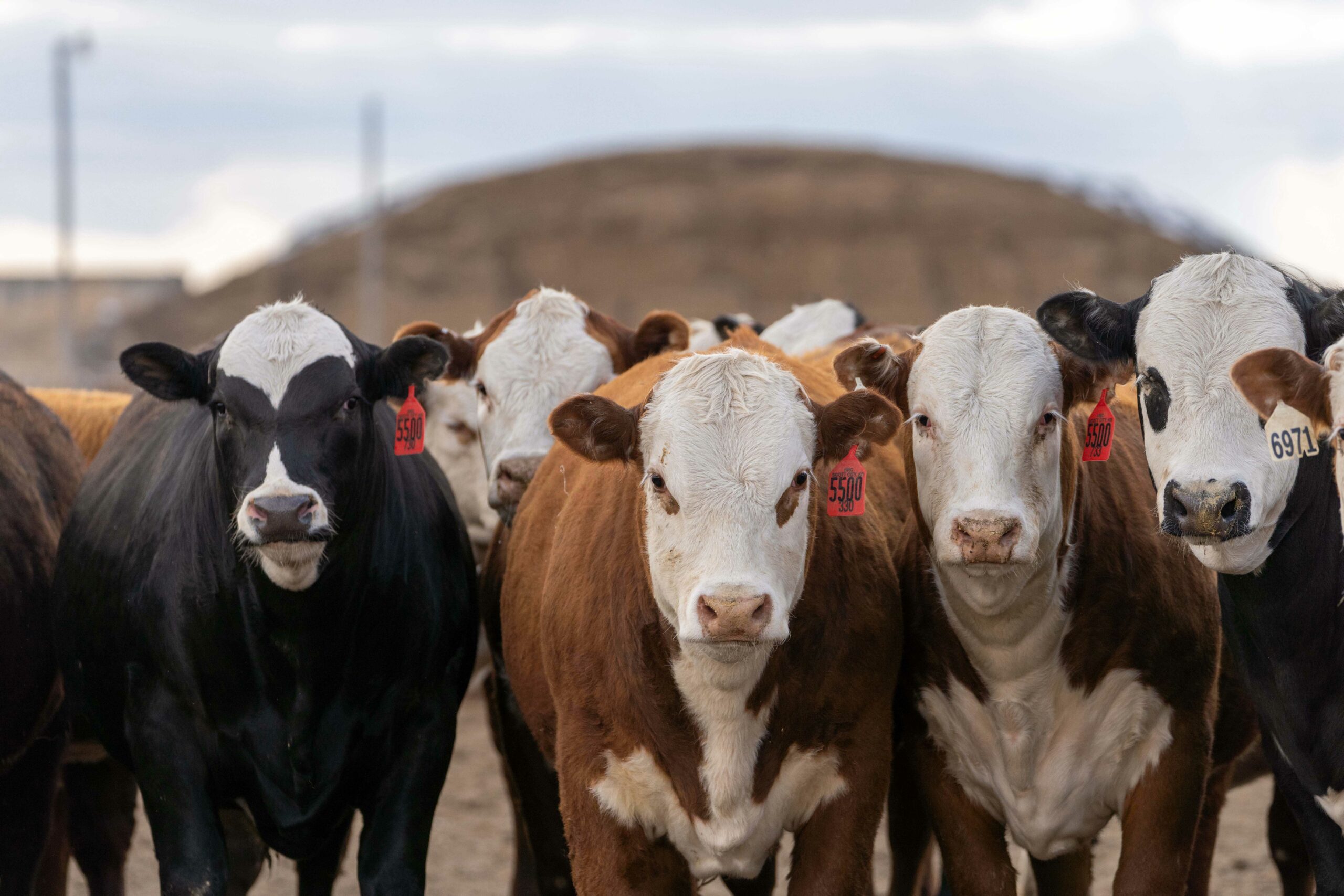
May 2, 2023
“We would all love to identify that one bull that does it all — easy birth weight, his cattle all grow, and they all grade well and feed well,” says Lee Mayo, general manager of …
“We would all love to identify that one bull that does it all — easy birth weight, his cattle all grow, and they all grade well and feed well,” says Lee Mayo, general manager of HRC Feed Yards, Scott City, Kan. “The only way to get the information needed to identify that bull is by testing the genetics. That’s what these programs are about.”
Mayo refers to the American Hereford Association (AHA) Hereford Feedout Program* and the National Junior Hereford Association Fed Steer Shootout**. Both provide Hereford breeders and commercial users of Hereford genetics the opportunity to send a few head or entire pens to feed at HRC Feed Yards. They learn more about the cattle feeding and beef packing sectors while collecting performance data from their cattle.
“As a registered breeder, we just needed to do it, and all of the stars aligned this year,” explains first-year participant, Matt Beery of Beery Land and Livestock (BLL), Vida, Mont. “We’re hoping to bring this information back to our bull customers and say, ‘Here’s how your bulls’ younger brothers do in the feedlot and as carcasses.”
The BLL program includes both seedstock and commercial herds. Beery sent 54 straightbred Hereford steers and 52 red baldy steers to feed and evaluate. While also a marketing decision, more than anything, he says it is the chance to see how his cattle perform in the feedlot and on the rail, in order to improve his program and to help the Hereford breed.
Currently, 94 participants from 22 states are feeding more than 1,400 head of Hereford and Hereford-influenced feeder cattle at HRC Feed Yards.
Hands-on learning
Beery took advantage of the annual Fed Steer Shootout field day April 15 to visit HRC and see his cattle.
“I wish more people could see this side of the business and understand it. I wish I could have had 50 of my commercial producers with me that day,” Beery says. “When I showed up, all of the cattle across the yards were so clean and so well taken care of. I was so happy to see what Lee is doing. It’s just a win-win for us, for the breed and all of the way through.”
Mayo and his crew welcomed more than 100 participants and guests to the field day, which included intensive informational and hands-on educational sessions.
“The field day continues to strengthen the overall program,” says Trey Befort AHA director of commercial programs. “Our hands-on approach to education brings a lot of value to the experience. Once program participants also come to the field day, everything comes full circle for them.”
“I am so happy the association is providing a program like this, doing something to get some numbers back that we can take to the commercial industry,” Beery says. “Lee Mayo also deserves a great deal of thanks for providing this opportunity.”
Tracing value
Current participants are also the first, on a voluntary basis, to be part of a collaborative pilot program testing the efficacy of blockchain technology to share data from pasture through the packing house. AHA, HRC, BlockTrust Network and National Beef LLC are partners in the project.
“You have more value points associated with the genetics of these cattle on feed than I’ve ever seen. I don’t think I’ve ever seen a feeding trial of this size with this much complete data attached to it,” explained Mike John, manager of MFA Health Track. He and Gregg Barfield, president of BlockTrust Network developed the system being tested.
“This opportunity you have with the genetic data, the growth data and carcass data is very rare. It’s an amazing opportunity for you to get some really important feedback to your genetic programs,” John told the crowd.
Mayo summed up the many opportunities at the outset.
“Everyone, every day can produce the champion beef animal. That’s a Prime Yield Grade 1. Everyone has a shot at being a champion every day,” Mayo says. “There aren’t many of those champions in the country today, but that should be the goal. How do we get there? And how do we create that animal where its mother still does a good job on grass, yet her calf converts well, gains well and performs well in the feedyard and then does that on the rail. That’s the idea, and we’re all striving for it.”
*Hereford Feedout Program — participants enroll a minimum five head of same-sex (steer or heifer) cattle for feeding within a designated delivery period; participants can enroll whole-pen groups outside of designated delivery period.
**NJHA Fed Steer Shootout — participants enroll individual steers or pens of three steers.
Notifications